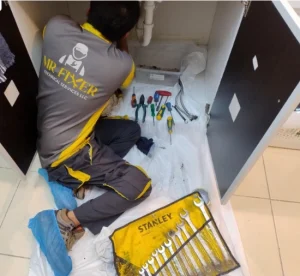How News Organizations Can Safeguard Against Cyber Attacks

News organizations share information with the public every day. They cover politics, business, conflicts, and human rights. Because of this, they often become targets for hackers who want to cause trouble, hide the truth, or spread false stories.
Media security is now a key part of keeping newsrooms safe and able to do their work without being stopped by outside attacks.
Understanding What’s at Risk
Hackers don’t always go after money. Sometimes they want to steal private messages, change stories, or damage trust. When a cyber attack hits a news site, it can take the website offline, leak private data, or even erase work that took weeks to create. This puts pressure on the team and weakens the bond between the media and its readers.
Building Stronger Defenses
Newsrooms can take steps to lower the risk of being attacked. One of the first things they can do is update their systems often. Old software is easier for hackers to break into. Setting up strong passwords and using tools that check for strange activity can also help stop trouble before it starts.
Training Staff to Spot Threats
Many cyber attacks begin with a simple mistake, like clicking on a fake link in an email. That’s why it’s helpful for all team members, not just tech staff, to learn how to spot scams and report them quickly. When everyone in the newsroom understands what to watch for, they can act fast to stop a small problem from turning into a bigger one.
Backing Up Work Regularly
Losing access to important files or published stories can cause delays and confusion. That’s why backing up work is so helpful. By saving copies of news content in different places, media teams can get back to work quickly even if their main system is hit by a hacker.
Protecting Communication Channels
Journalists often talk to sources who need privacy. Keeping these conversations safe is just as important as protecting the news itself. Using secure apps, avoiding public Wi-Fi, and staying careful with where and how they send messages can help reduce the risk of leaks.
Even with good habits, threats can still appear. That’s why having a plan helps. Knowing who to contact, how to respond, and what steps to take can keep a small problem from growing. With the right focus, newsrooms can keep doing their work, even in a digital world full of risks.



